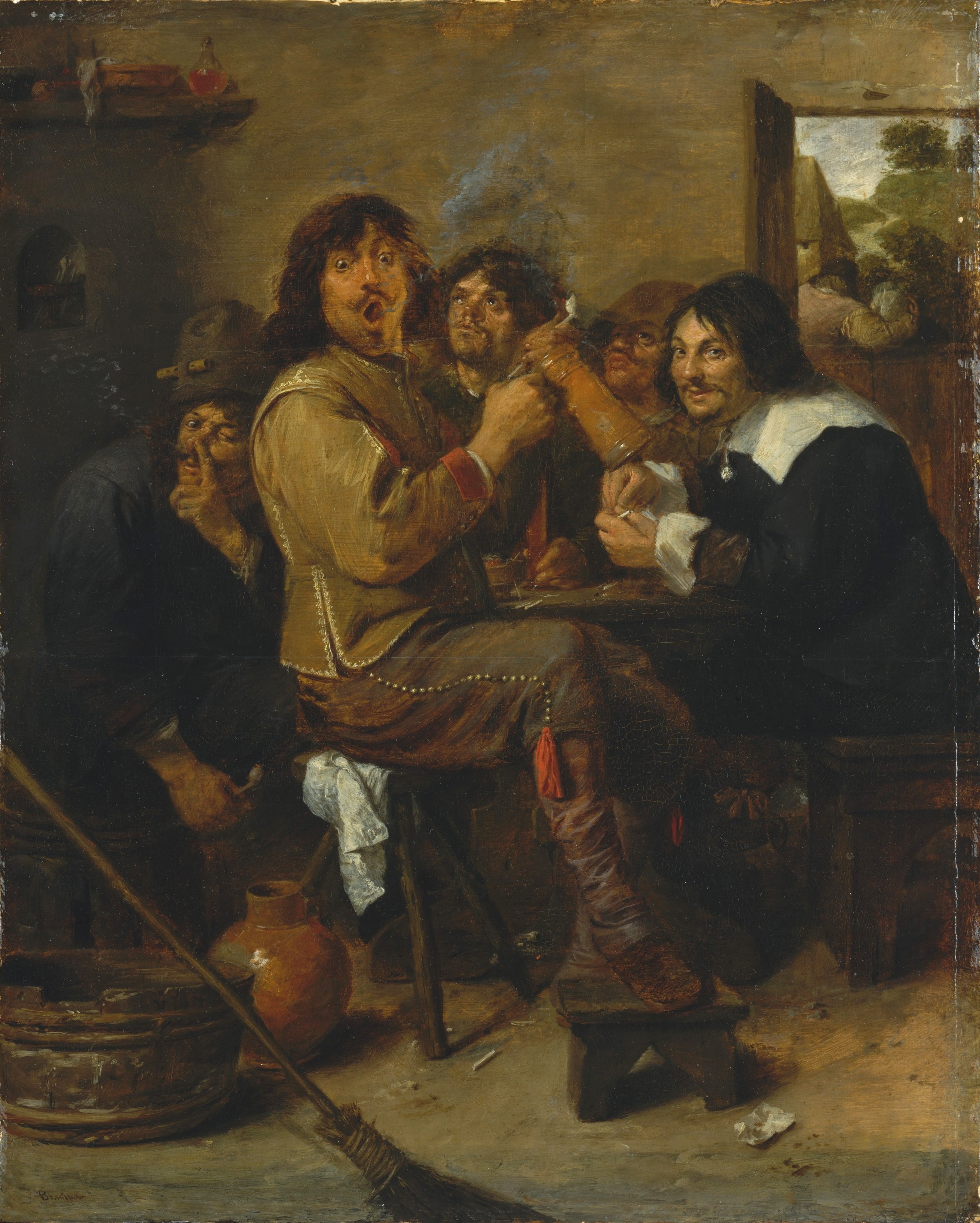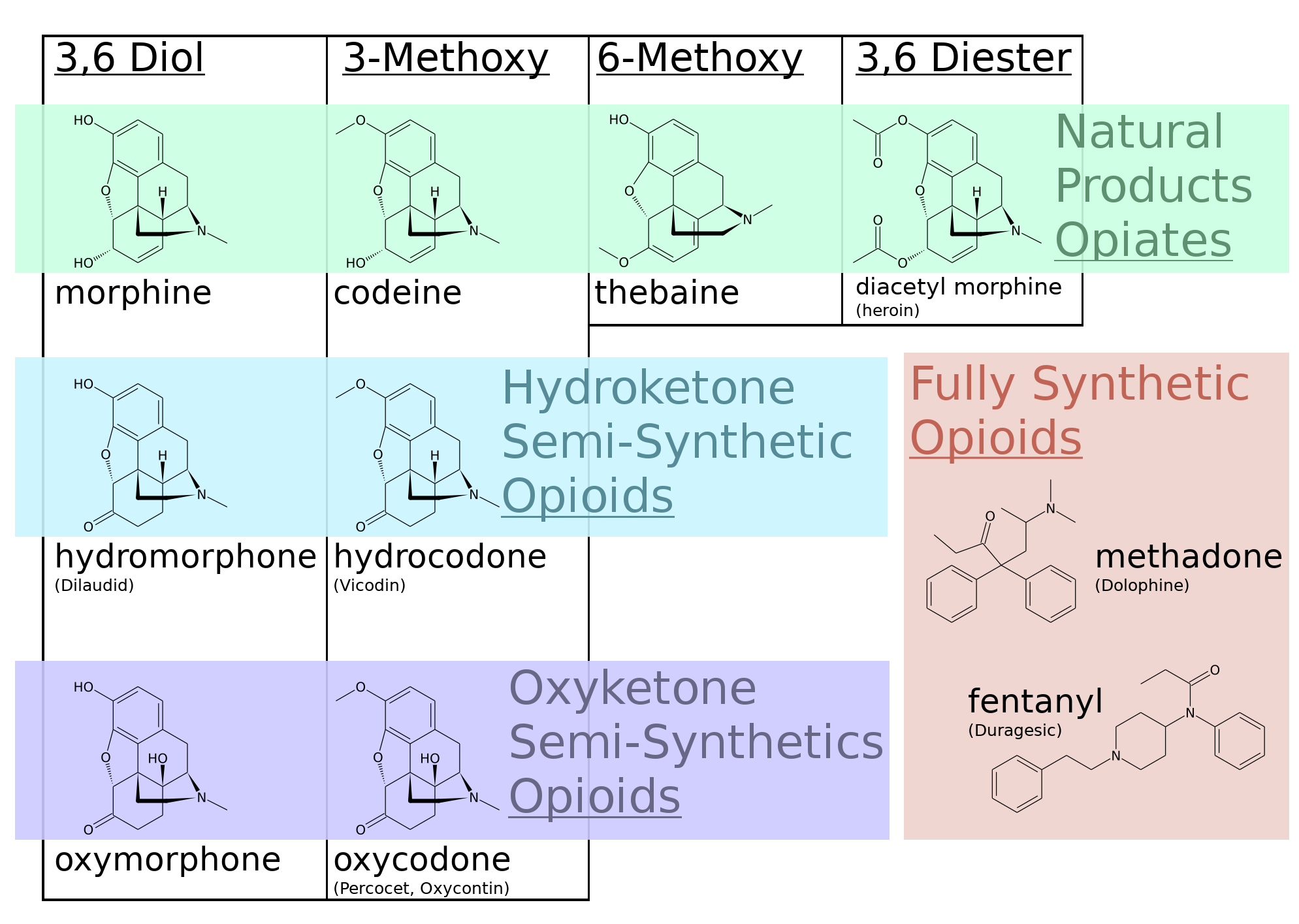|
Mitragyna Speciosa
''Mitragyna speciosa'' (commonly known as kratom, an herbal leaf from a tree of the Rubiaceae family, ) is a tropical evergreen tree in the coffee family native to Southeast Asia. It is indigenous to Thailand, Indonesia, Malaysia, Myanmar, and Papua New Guinea, where it has been used in herbal medicine since at least the nineteenth century. It has also historically been used for chewing, smoking, and tea. Kratom has opioid properties and some stimulant-like effects. , the efficacy and safety of kratom are unclear, and the drug was not approved as a therapeutic agent in the United States due to the poor quality of the research. In 2019, the United States Food and Drug Administration (FDA) stated that there is no evidence that kratom is safe or effective for treating any condition. Some people take it for managing chronic pain, for treating opioid withdrawal symptoms, or for recreational purposes. The onset of effects typically begins within five to ten minutes and lasts for ... [...More Info...] [...Related Items...] OR: [Wikipedia] [Google] [Baidu] |
Pieter Willem Korthals
Pieter Willem Korthals (September 1, 1807, Amsterdam – March 1892, Haarlem) was a Dutch botanist. Korthals was the official botanist with the Dutch East India Service from 1831 to 1836. Among his many discoveries was the medicinal plant Kratom (''Mitragyna speciosa''). Korthals wrote the first monograph on the tropical pitcher plants, " Over het geslacht ''Nepenthes''", published in 1839. Carl Ludwig Blume named the botanical genus ''Korthalsia'' (family Arecaceae) after Korthals, and Philippe Édouard Léon Van Tieghem introduced the genus name ''Korthalsella'' (family Santalaceae) in his honor. Hawaiian Mistletoes (Korthalsella Species) |
Recreational Drug Use
Recreational drug use indicates the use of one or more psychoactive drugs to induce an altered state of consciousness either for pleasure or for some other casual purpose or pastime by modifying the perceptions and emotions of the user. When a psychoactive drug enters the user's body, it induces an intoxicating effect. Generally, recreational drugs are divided into three categories: depressants (drugs that induce a feeling of relaxation and calmness); stimulants (drugs that induce a sense of energy and alertness); and hallucinogens (drugs that induce perceptual distortions such as hallucination). In popular practice, recreational drug use generally is a tolerated social behaviour, rather than perceived as the medical condition of self-medication. However, heavy use of some drugs is socially stigmatized. Many people also use prescribed and controlled depressants such as opioids, as well as opiates and benzodiazepines. Common recreational drugs include caffeine, commonly foun ... [...More Info...] [...Related Items...] OR: [Wikipedia] [Google] [Baidu] |
Opioid Crisis
The opioid epidemic, also referred to as the opioid crisis, is the rapid increase in the overuse, misuse/abuse, and overdose deaths attributed either in part or in whole to the class of drugs opiates/opioids since the 1990s. It includes the significant medical, social, psychological, and economic consequences of the medical, non-medical, and recreational abuse of these medications. Opioids are a diverse class of moderate to strong painkillers, including oxycodone (commonly sold under the trade names OxyContin and Percocet), hydrocodone (Vicodin, Norco), and fentanyl, which is a very strong painkiller that is synthesized to resemble other opiates such as opium-derived morphine and heroin. The potency and availability of these substances, despite the potential risk of addiction and overdose, have made them popular both as medical treatments and as recreational drugs. Due to the sedative effects of opioids on the respiratory center of the medulla oblongata, opioids in high doses ... [...More Info...] [...Related Items...] OR: [Wikipedia] [Google] [Baidu] |
Dietary Supplement
A dietary supplement is a manufactured product intended to supplement one's diet by taking a pill, capsule, tablet, powder, or liquid. A supplement can provide nutrients either extracted from food sources or that are synthetic in order to increase the quantity of their consumption. The class of nutrient compounds includes vitamins, minerals, fiber, fatty acids, and amino acids. Dietary supplements can also contain substances that have not been confirmed as being essential to life, but are marketed as having a beneficial biological effect, such as plant pigments or polyphenols. Animals can also be a source of supplement ingredients, such as collagen from chickens or fish for example. These are also sold individually and in combination, and may be combined with nutrient ingredients. The European Commission has also established harmonized rules to help insure that food supplements are safe and appropriately labeled. Creating an industry estimated to have a 2020 value of $ ... [...More Info...] [...Related Items...] OR: [Wikipedia] [Google] [Baidu] |
Controlled Substance
A controlled substance is generally a drug or chemical whose manufacture, possession and use is regulated by a government, such as illicitly used drugs or prescription medications that are designated by law. Some treaties, notably the Single Convention on Narcotic Drugs, the Convention on Psychotropic Substances, and the United Nations Convention Against Illicit Traffic in Narcotic Drugs and Psychotropic Substances, provide internationally agreed-upon "schedules" of controlled substances, which have been incorporated into national laws; however, national laws usually significantly expand on these international conventions. Some precursor chemicals used for the production of illegal drugs are also controlled substances in many countries, even though they may lack the pharmacological effects of the drugs themselves. Substances are classified according to schedules and consist primarily of potentially psychoactive substances and anabolic steroids. The controlled substances do not ... [...More Info...] [...Related Items...] OR: [Wikipedia] [Google] [Baidu] |
Drug Withdrawal
Drug withdrawal, drug withdrawal syndrome, or substance withdrawal syndrome, is the group of symptoms that occur upon the abrupt discontinuation or decrease in the intake of pharmaceutical or recreational drugs. In order for the symptoms of withdrawal to occur, one must have first developed a form of drug dependence. This may occur as physical dependence, psychological dependence or both. Drug dependence develops from consuming one or more substances over a period of time. Dependence arises in a dose-dependent manner and produces withdrawal symptoms that vary with the type of drug that is consumed. For example, prolonged use of an antidepressant medication is likely to cause a rather different reaction when discontinued compared to discontinuation of an opioid, such as heroin. Withdrawal symptoms from opiates include anxiety, sweating, vomiting, and diarrhea. Alcohol withdrawal symptoms include irritability, fatigue, shaking, sweating, and nausea. Withdrawal from nicotine can ... [...More Info...] [...Related Items...] OR: [Wikipedia] [Google] [Baidu] |
Hepatotoxicity
Hepatotoxicity (from ''hepatic toxicity'') implies chemical-driven liver damage. Drug-induced liver injury is a cause of acute and chronic liver disease caused specifically by medications and the most common reason for a drug to be withdrawn from the market after approval. The liver plays a central role in transforming and clearing chemicals and is susceptible to the toxicity from these agents. Certain medicinal agents, when taken in overdoses (e.g. paracetamol) and sometimes even when introduced within therapeutic ranges (e.g. halothane), may injure the organ. Other chemical agents, such as those used in laboratories and industries, natural chemicals (e.g., microcystins), and herbal remedies (two prominent examples being kava, mechanism unknown, and comfrey, through its pyrrolizidine alkaloid content) can also induce hepatotoxicity. Chemicals that cause liver injury are called hepatotoxins. More than 900 drugs have been implicated in causing liver injury (see LiverTox, exter ... [...More Info...] [...Related Items...] OR: [Wikipedia] [Google] [Baidu] |
Psychosis
Psychosis is a condition of the mind that results in difficulties determining what is real and what is not real. Symptoms may include delusions and hallucinations, among other features. Additional symptoms are incoherent speech and behavior that is inappropriate for a given situation. There may also be sleep problems, social withdrawal, lack of motivation, and difficulties carrying out daily activities. Psychosis can have serious adverse outcomes. As with many psychiatric phenomena, psychosis has several different causes. These include mental illness, such as schizophrenia or schizoaffective disorder, bipolar disorder, sensory deprivation and in rare cases, major depression (psychotic depression). Other causes include: trauma, sleep deprivation, some medical conditions, certain medications, and drugs such as cannabis, hallucinogens, and stimulants. One type, known as postpartum psychosis, can occur after giving birth. The neurotransmitter dopamine is believed to p ... [...More Info...] [...Related Items...] OR: [Wikipedia] [Google] [Baidu] |
Addiction
Addiction is a neuropsychological disorder characterized by a persistent and intense urge to engage in certain behaviors, one of which is the usage of a drug, despite substantial harm and other negative consequences. Repetitive drug use often alters brain function in ways that perpetuate craving, and weakens (but does not completely negate) self-control. This phenomenon – drugs reshaping brain function – has led to an understanding of addiction as a brain disorder with a complex variety of psychosocial as well as neurobiological (and thus involuntary) factors that are implicated in addiction's development. Classic signs of addiction include compulsive engagement in rewarding stimuli, ''preoccupation'' with substances or behavior, and continued use despite negative consequences. Habits and patterns associated with addiction are typically characterized by immediate gratification (short-term reward), coupled with delayed deleterious effects (long-term costs). Examp ... [...More Info...] [...Related Items...] OR: [Wikipedia] [Google] [Baidu] |
Epileptic Seizure
An epileptic seizure, informally known as a seizure, is a period of symptoms due to abnormally excessive or synchronous neuronal activity in the brain. Outward effects vary from uncontrolled shaking movements involving much of the body with loss of consciousness ( tonic-clonic seizure), to shaking movements involving only part of the body with variable levels of consciousness ( focal seizure), to a subtle momentary loss of awareness (absence seizure). Most of the time these episodes last less than two minutes and it takes some time to return to normal. Loss of bladder control may occur. Seizures may be provoked and unprovoked. Provoked seizures are due to a temporary event such as low blood sugar, alcohol withdrawal, abusing alcohol together with prescription medication, low blood sodium, fever, brain infection, or concussion. Unprovoked seizures occur without a known or fixable cause such that ongoing seizures are likely. Unprovoked seizures may be exacerbated by stress or ... [...More Info...] [...Related Items...] OR: [Wikipedia] [Google] [Baidu] |
Respiratory Depression
Hypoventilation (also known as respiratory depression) occurs when ventilation is inadequate (''hypo'' meaning "below") to perform needed respiratory gas exchange. By definition it causes an increased concentration of carbon dioxide (hypercapnia) and respiratory acidosis. Hypoventilation is not synonymous with respiratory arrest, in which breathing ceases entirely and death occurs within minutes due to hypoxia and leads rapidly into complete anoxia, although both are medical emergencies. Hypoventilation can be considered a precursor to hypoxia and its lethality is attributed to hypoxia with carbon dioxide toxicity. Causes Hypoventilation may be caused by: *A medical condition such as stroke affecting the brainstem *Voluntary breath-holding or underbreathing, for example, hypoventilation training or the Buteyko method. *Medication or drugs, typically when taken in accidental or intentional overdose. Opioids and benzodiazepines in particular are known to cause respiratory depress ... [...More Info...] [...Related Items...] OR: [Wikipedia] [Google] [Baidu] |
Constipation
Constipation is a bowel dysfunction that makes bowel movements infrequent or hard to pass. The stool is often hard and dry. Other symptoms may include abdominal pain, bloating, and feeling as if one has not completely passed the bowel movement. Complications from constipation may include hemorrhoids, anal fissure or fecal impaction. The normal frequency of bowel movements in adults is between three per day and three per week. Babies often have three to four bowel movements per day while young children typically have two to three per day. Constipation has many causes. Common causes include slow movement of stool within the colon, irritable bowel syndrome, and pelvic floor disorders. Underlying associated diseases include hypothyroidism, diabetes, Parkinson's disease, celiac disease, non-celiac gluten sensitivity, colon cancer, diverticulitis, and inflammatory bowel disease. Medications associated with constipation include opioids, certain antacids, calcium channel blockers, ... [...More Info...] [...Related Items...] OR: [Wikipedia] [Google] [Baidu] |







